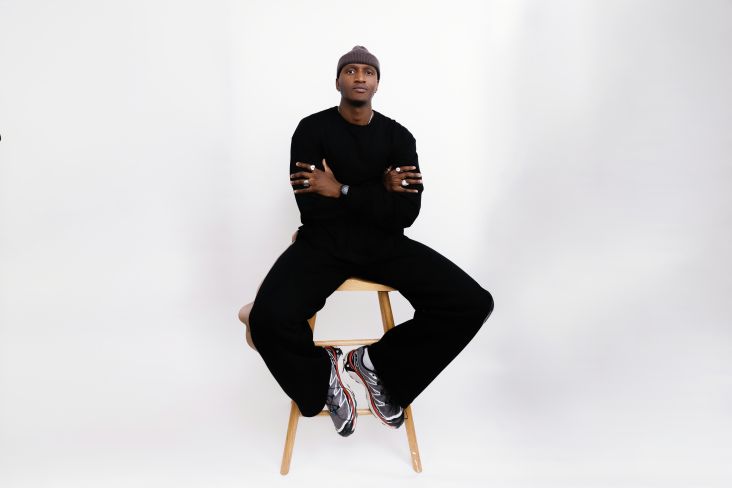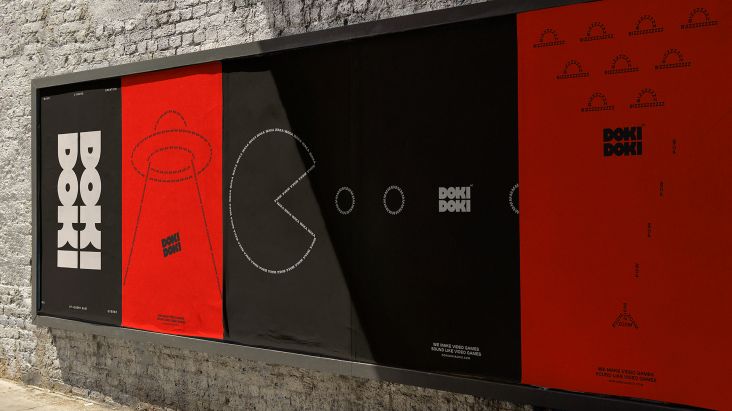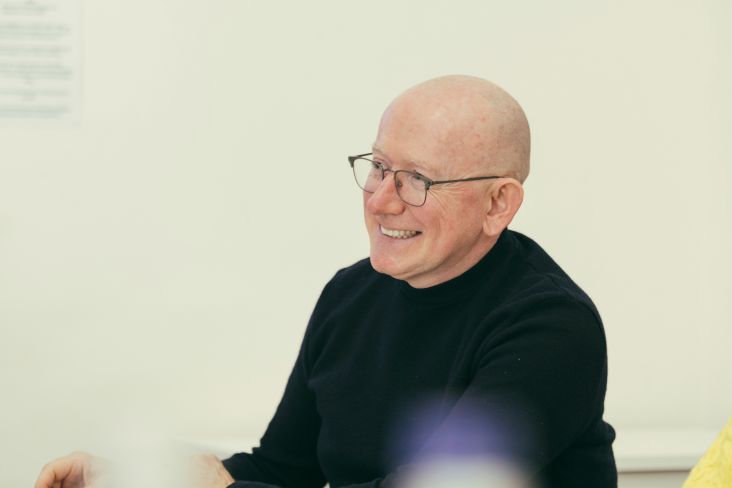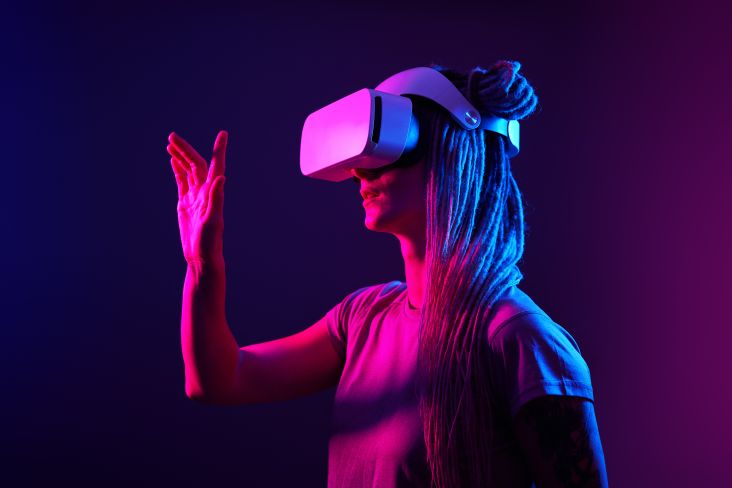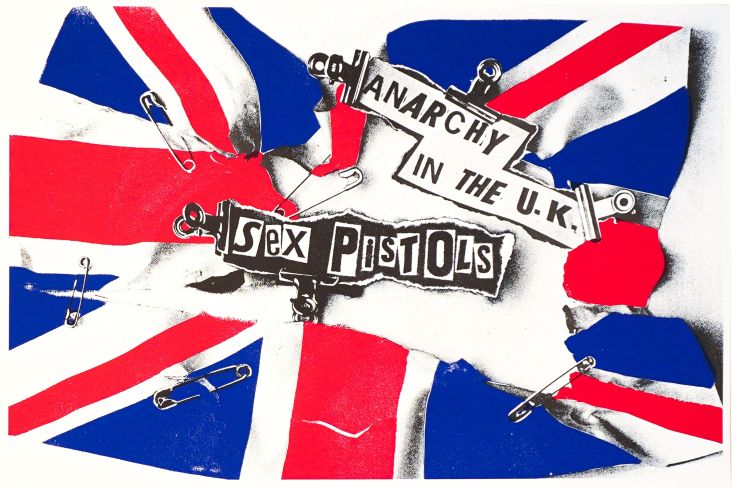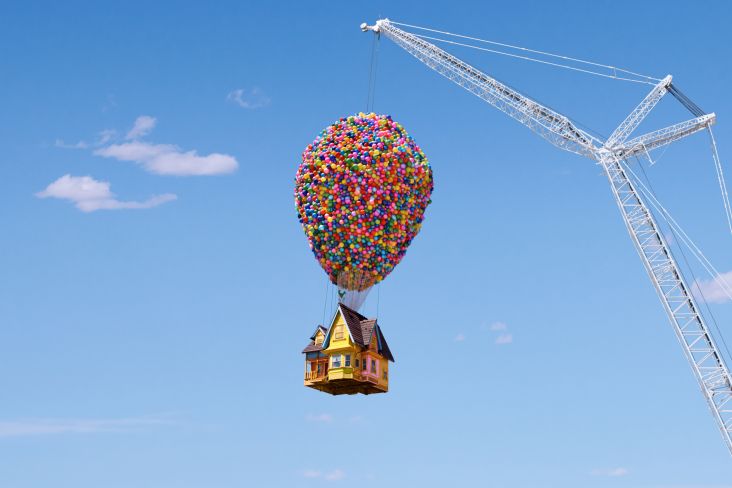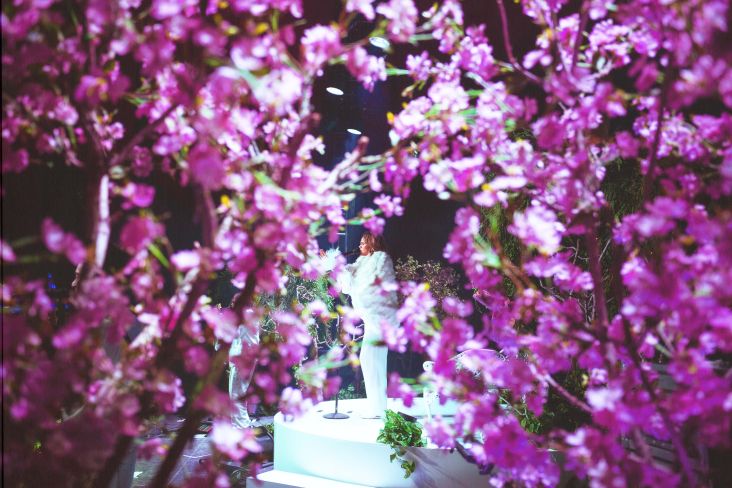Will Instagram's massive algorithm update help or harm creatives?
The photo and video-sharing site is changing how it surfaces content, ostensibly to help creatives. But is this too little, too late, or even counterproductive? We canvas the creative community's views.
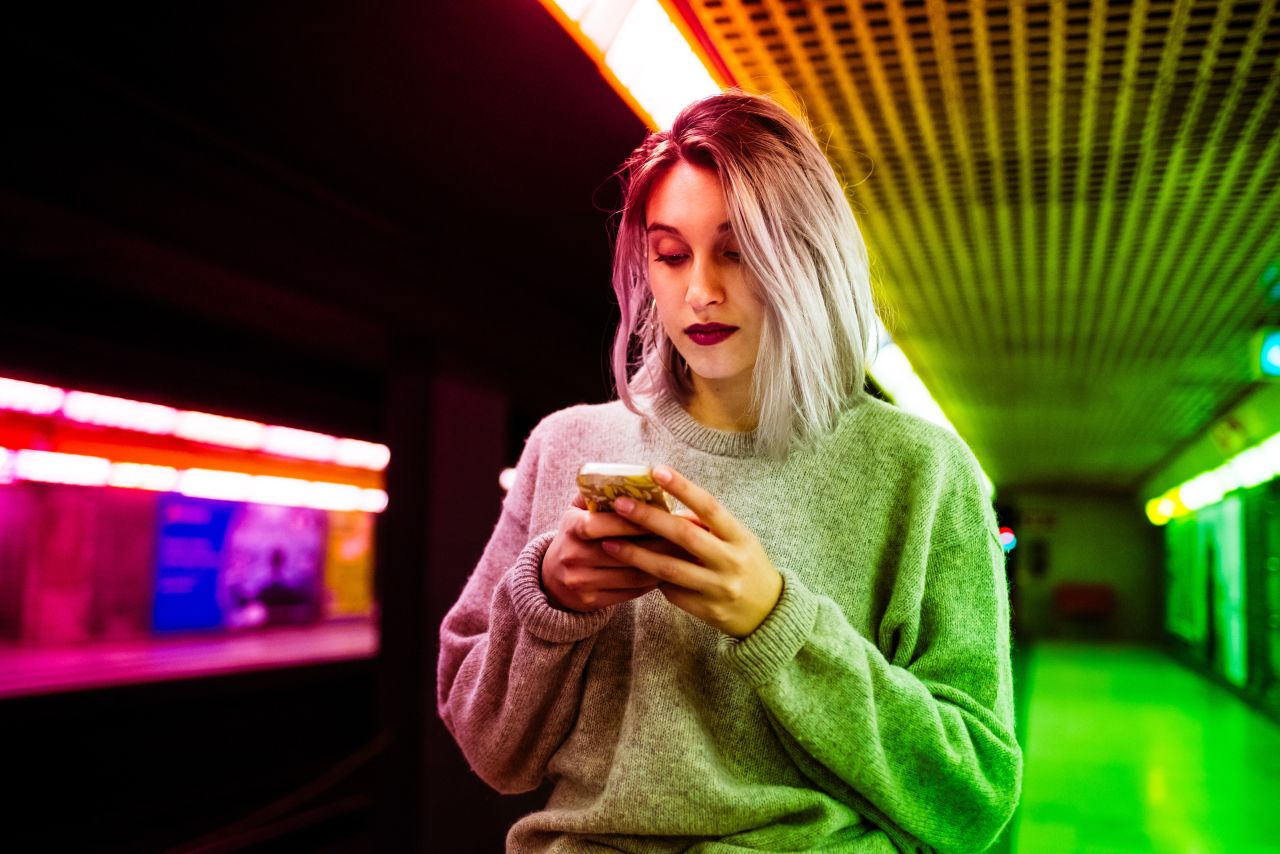
Image licensed via Adobe Stock
If you use Instagram to help promote your creative business, you may have found it increasingly challenging to get traction with your content lately. If so, you're not alone. As we recently reported, in a poll of Creative Boom readers, 75.8% of you agree with the statement that "Instagram is dying for creatives in terms of reach and engagement".
The overwhelming feeling is that it's not you; it's them. Instagram's algorithm, to be specific, is rewarding Reels at the expense of any other type of content. Creatives who've spent years, working hard to build their audience are discovering something quite weird. Even the people who've chosen to follow them aren't seeing their content.
So it's great news, in theory at least, that Instagram has just announced a massive new update to its algorithm to better reward creators of original content.
That said, don't get excited too quickly. Because the immediate controversy this new algorithm has thrown up, it could well be a double-edged sword.
What's changing?
We'll start by sharing exactly what Instagram said in this blog post announcing the changes.
"Historically, because of how we've ranked content, creators with large followings and aggregators of reposted content have gotten more reach in recommendations than smaller, original content creators. We think it's important to correct this to give all creators a more equal chance of breaking through to new audiences.
To do this, we're introducing four changes:
- A new input to ranking that will give smaller creators more distribution.
- Replacing reposts with original content in recommendations.
- Adding labels to reposted content, linking to the original creator.
- Removing content aggregators from recommendations."
In other words, Instagram is aiming to prioritise original content and give smaller creators more opportunities to reach new audiences. On the face of it, that does sound good.
So, are creatives dancing in the streets? Are champagne corks popping in shared office spaces? Well, not exactly.
Can we trust Instagram?
Initially, the news was met with a mix of hope and scepticism from the creative community. Some are cautiously optimistic about the prospect of a more level playing field. "Any change is positive from our point of view," says Joseph Clark, creative director and founder of Oh Studio. "Currently, I'm getting more engagement from LinkedIn posts! Elsewhere, our stuff currently just gets lost in a sea of shit and TikTok dances."
However, many others are focusing on Instagram's poor track record when it comes to supporting creators.
"From talking to other creatives and designers, many of us fell out of love with the platform over the last year or two and practically stopped posting as it seems a waste of time," says designer and photographer Joanna Kosinska. "It will take more than one algorithm update before I think of Instagram as a valuable way to promote my work."
Designer and illustrator Isaac LeFever also takes a cynical view of the update. "I'm not optimistic because basically every change they've made for the last three years has been a net negative," he says. "I do find it amusing that head of Instagram Adam Mosseri's gone from 'It's not the algorithm, it's your shit content' to 'Yeah, so maybe it was the algorithm.' Dude is a skilled gaslighter."
Artist Kyle T Webster concurs. "I think it will make little to no difference," he believes. "All these algorithms reward controversial posts or posts designed to start an argument. Simply sharing my latest artwork or digital brush development updates won't bring in the eyeballs."
Other creatives are more muted in their responses but are still not exactly jumping for joy. "I think what Instagram say, and what Instagram do, are often very different," adds filmmaker Daniel Johnson. "The updates from Mosseri are promising, but it will be interesting to see what happens."
Meanwhile, photographer and writer Alex Micu says: "We'll just have to see. Instagram does not have a good track record with this. Creators have been complaining for years with no effect. They also have a habit of offering advice on how to get noticed by posting several times a week, commenting, and posting a certain number of hashtags."
Anna Hamill is also waiting to be convinced. "I'll believe it when I see it," she says. "Instagram says it'll reward original content rather than any copied posts, but all my content is original and right now, only five per cent of my followers, let alone non-followers, see anything I post. Maybe they should change that first."
Is curation bad?
Even if we assume Instagram is sincere about helping creators, is this the right way to go about it? Not from the point of view of communities and publishers that support creators by promoting them through their channels.
Because, on the face of it, this new update will punish benevolent accounts that put a lot of effort and skill into curation, just as severely as lazy reposters who put no skill or thought into what they do.
Take, for instance, People of Print, a global community celebrating all things print, from traditional print to digital art. As they wrote in response to Instagram's announcement post on Threads: "We have spent over 16 years building an audience to showcase the work of our members and community. We share our member's content with their permission; now we will be punished. So now, do we have to be creators rather than curators? You're letting the algorithm decide what people want to see rather than accounts that specialise in selecting and filtering through quality creatives to showcase?"
So yes, the update will potentially protect original creators from those awful curation accounts that don't really ask permission and are just there to vampirically build on other people's work. However, there is no nuance to it all. What about publishers like ourselves at Creative Boom – are we included? Josh Hailes of creative agency Good Habit sums the problem neatly. "It's strange and frustrating that Instagram owners Meta don't seem to acknowledge curation as a form of creativity, given that it's what their platforms literally make billions from," he notes.
And it's not just curator accounts themselves that feel this way, but also the creatives whom they have boosted.
Freelance video editor Selin Clayton, for example, argues: "I think punishing aggregators doesn't make sense, as they can act as a catalyst to a creative's work. If they share and credit you, then you can be exposed to a new community. I personally have posted videos, but I only started to gain engagement when bigger accounts – both aggregators and people with 80k+ followers – began to share my work. So enabling that would be the most helpful for growth."
Indeed, the more you think about it, curation is so important to the creative industry that it's utterly bewildering why Instagram hasn't considered it. Take illustration agencies such as Jelly: what else are they other than curators?
Jelly's response to the update is very much one of 'wait and see'. "Obviously, it's great that our artists can increase their reach, especially the ones whose styles don't always align with reels/video content," they say. "But it's a concern for us that our own reach as 'aggregators' will decline. Another thought is whether this will affect the big verified accounts, such as Adobe, that don't post fully original content in the same way. Or are you exempt from the changes if you're verified?"
The wrong problem
Most overwhelmingly, though, we'd argue that the main problem with this algorithm change is that it does nothing to affect the real problem, namely, years of Instagram prioritising video content like Reels over photos and digital art.
As portrait photographer Drew Forsyth explains: "I just wish I could still use Instagram as a way to showcase my stuff and engage with my community, rather than being constantly encouraged to try to create stuff that fits into their shift to video-first content."
As illustrator and graphic artist Barney Ibbotson points out: "There are millions of actual artists who create photography, paintings, digital art, prints, etc., who have no interest, desire or time to be constantly making short films about themselves. The real issue here is that Instagram has massively switched its emphasis and, therefore, its algorithm to Reels over static content."
Ever-changing priorities
A related issue is that, like all the social networks, Instagram is constantly changing its mind about what it wants to be, so whatever its policies are this week, it's unlikely to stick to them for very long.
Consider, for example, how the US has just put a TikTok ban into law, saying it has a year to find an American buyer or it will be shut down in the States forever. Should the latter happen, Instagram will doubtlessly rush to fill the space left by doubling down on short-form video. Conversely, should a buyer be found, Instagram may be more worried about TikTok's recent announcement they're launching a photo-sharing app. Essentially, none of us know what will happen, so who knows whether any policy Instagram announces will last more than a week?
More fundamentally, there's a growing sense that all the big tech companies, including, but not restricted to, Instagram owners Meta, are increasingly interested more in protecting their monopolies and generating mega-profits than their original aim of making the world a better place. (For more on this, read Cory Doctorow's fantastic Medium article, Too big to care.)
Overall, then, the idea that Instagram can truly regain creatives' trust is looking increasingly unlikely. Many feel let down. Some are ready to move on completely. And really, do any of us actually have time to create content for a platform that we no longer trust? Aren't we better off getting out and networking instead?
Losing patience
Only time will tell if Instagram's latest effort to appease creators will pay off or if they've lost too much goodwill already. For some, an earnest course correction is better late than never, but others have lost all patience already. "I've lost the will to live with Instagram and don't think they can turn it around, really," says artist Rachel Tighe. "A good start would be letting the followers actually see the content of who they're following. Duh."
Designer Max Hofert speaks for many when he says: "I feel like Instagram is grasping at straws in attempts to save the platform. If they just stuck to their original mission of actually showing people's followers their content – why they follow people in the first place – they would see a lot more satisfied users. At this point, it makes no sense to invest time into a platform that doesn't show your content to 95 per cent of your audience, which you've poured everything into growing over the years."
In short, why should we be a slave to a platform that doesn't seem to care about us when we can just opt out? If you're inclined to do so, head to our guide to promoting your creative business without social media.




 by Tüpokompanii](https://www.creativeboom.com/upload/articles/58/58684538770fb5b428dc1882f7a732f153500153_732.jpg)


 using <a href="https://www.ohnotype.co/fonts/obviously" target="_blank">Obviously</a> by Oh No Type Co., Art Director, Brand & Creative—Spotify](https://www.creativeboom.com/upload/articles/6e/6ed31eddc26fa563f213fc76d6993dab9231ffe4_732.jpg)








